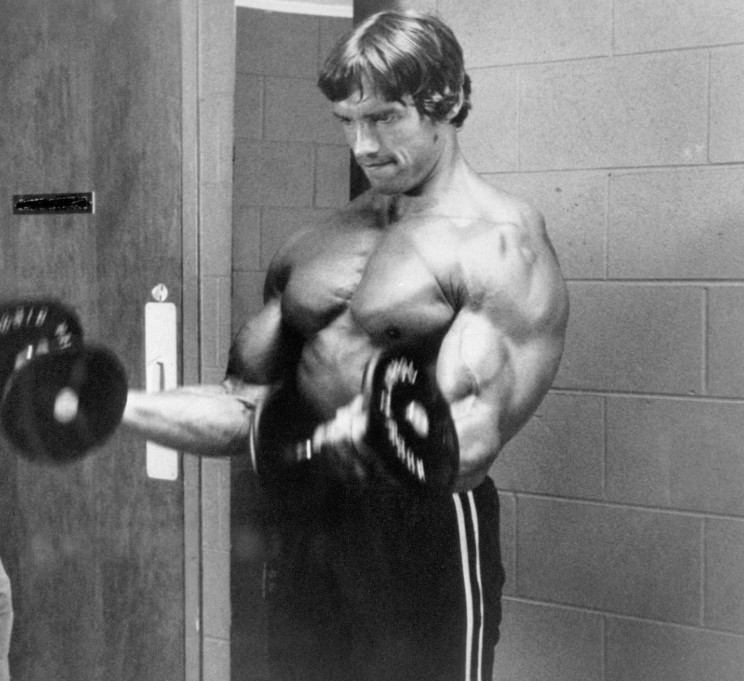THE LAST WORKOUT of the 2025 CrossFit Open has been released, and it’s pure CrossFit.
Announced live from CrossFit Spur in Glenmont, New York, 25.3 is the third and final challenge of the CrossFit Open – the mass-participation event held each year, where thousands of athletes compete for a ranking on a worldwide leaderboard, with the hopes of securing a place at the CrossFit Games .
Let’s take a look at what hopeful CF competitors are up against this week.
What is Crossfit Open workout 25.3?
2024 CrossFit Games Champion James Sprague took to the floor to throwdown shortly after the announcement of 25.3 – a classic CrossFit combination of rowing, wall-walks and barbell work.
Styled by CrossFit as:
20 minutes for time
5 wall walks
50-calorie row
5 wall walks
25 deadlifts
5 wall walks
25 cleans
5 wall walks
25 snatches
5 wall walks
50-calorie row
*men’s weights for Rx category:
102 kg deadlift, 61 kg clean, 43 kg snatch
Crossfit 25.3 movement standards
These are the official movement standards directly from CrossFit:
Wall-walks
- Every rep begins and ends with the athlete lying down, with the chest, feet, and thighs touching the ground.
- At the start and finish of each rep, both hands must touch the 60/55-inch tape line (fingers touching is OK).
- Both hands must remain on the tape until both feet are on the wall.
- At the top of the movement, both hands must be on the 10-inch line before the athlete may descend.
- Any part of the hand may touch the tape line.
- On the descent, the feet must remain on the wall until both hands are touching the 60/55-inch line.
- The rep is credited when the athlete returns to the starting position, with both hands touching the 60/55-inch line and the chest, thighs, and feet touching the ground.
- Any part of the hand may make contact with the tape line.
Rower
- The monitor must be set to 0.00 at the beginning of each row.
- The monitor must count UP to the designated distance.
- Any damper setting may be used at any time.
- Remain seated until the monitor clearly reads 50 calories.
- NOTE: If the time cap is reached during the row, record the calorie count at the time cap (“rollover” calories DO NOT count toward your score).
Deadlift
- The barbell starts on the ground (both plates touching the ground).
- Hands must be outside the knees. No sumo deadlifts.
- Any style of grip is permitted.
The rep is credited when:
- Hips and knees reach full extension.
- Head and shoulders are behind the bar when viewed from the side.
Clean
- Start each rep with the bar on the ground.
- The bar must be lifted to the shoulders.
- Any style of clean, except a hang clean, is permitted.
The rep is credited when the bar is on the shoulders and:
- Hips and knees are extended.
- Feet are in line.
- Elbows are in front of the bar when viewed from profile
Snatch
- Each rep starts with the bar on the ground.
- The barbell must be lifted overhead in one motion (no clean and jerks).
- Any style of snatch is permitted, except a hang snatch.
The rep is credited when:
- Hips, knees, and arms are extended.
- The bar is over the middle of or slightly behind the body when viewed from profile.
- The feet are in line.
Weights and scaling for 25.3
The male weights and scaling prescribed for the workout are as follows:
Rx: (Ages 16-54):
- Weights: 102kg deadlift, 61kg clean, 43kg snatch
Scaled (Ages 16-54) :
- Scaled wall walks
- Weights: 61kg deadlift, 43kg clean, 29 kg snatch
Masters 55+:
- Scaled wall walks
- Weights: 56kg deadlift, 29kg clean, 20 kg snatch
25.2 Tips
Rich Froning and the CrossFit Mayhem coaching team again offered a follow-up video providing tips and tricks for 25.2 to help you optimise your performance.
Pacing strategy (avoid early fatigue)
- The workout increases in intensity with heavier thrusters and harder gymnastics (pull-ups → chest-to-bar → bar muscle-ups).
- Start at a steady pace, breaking reps early to avoid muscular failure.
- Use an 8, 7, 6 / 7, 6, 5 / 6, 5, 4 rep scheme instead of equal sets to prevent mid-set burnout.
- Double-unders serve as a reset – don’t rush them unless aiming for an elite time (under 6 minutes).
Thruster efficiency (save your energy)
- Breathe at the top of the thruster where your chest is most open.
- Avoid pausing at the bottom and elasticity. Use momentum to drive straight up.
- If struggling, break into smaller, quicker sets to maintain a high cycle rate rather than grinding through slow reps.
- Ensure a strong front rack position to reduce forearm fatigue and unnecessary wrist strain.
Gymnastics (manage fatigue)
- Butterfly vs. Kipping: If proficient, a butterfly kip keeps speed up. If not, tight kipping swings conserve energy.
- For chest-to-bar pull-ups, pull the bar to your chest rather than pulling yourself up to it.
- If bar muscle-ups are new or inconsistent, reset after each rep instead of burning grip trying to string them together.
- Grip fatigue is a limiter, so shake out hands between movements if needed.
Double-unders (stay relaxed)
- Use them as a recovery phase rather than speeding through.
- Hand placement is key, keep them in sight in your peripheral vision to prevent drift.
- If you trip, reset quickly and move on rather than panicking.
- Avoid over-jumping. Stay low and efficient to conserve leg energy.
Overall game plan
- Don’t go unbroken unless you’re elite. Small, quick sets are better than forced long sets with long rests.
- Know your strengths, if you’re better at gymnastics, push there and pace the thrusters, and vice versa.
- Last set of thrusters is when to push, that’s where you go for broke!
This article originally appeared on Men’s Health UK.
Related:















